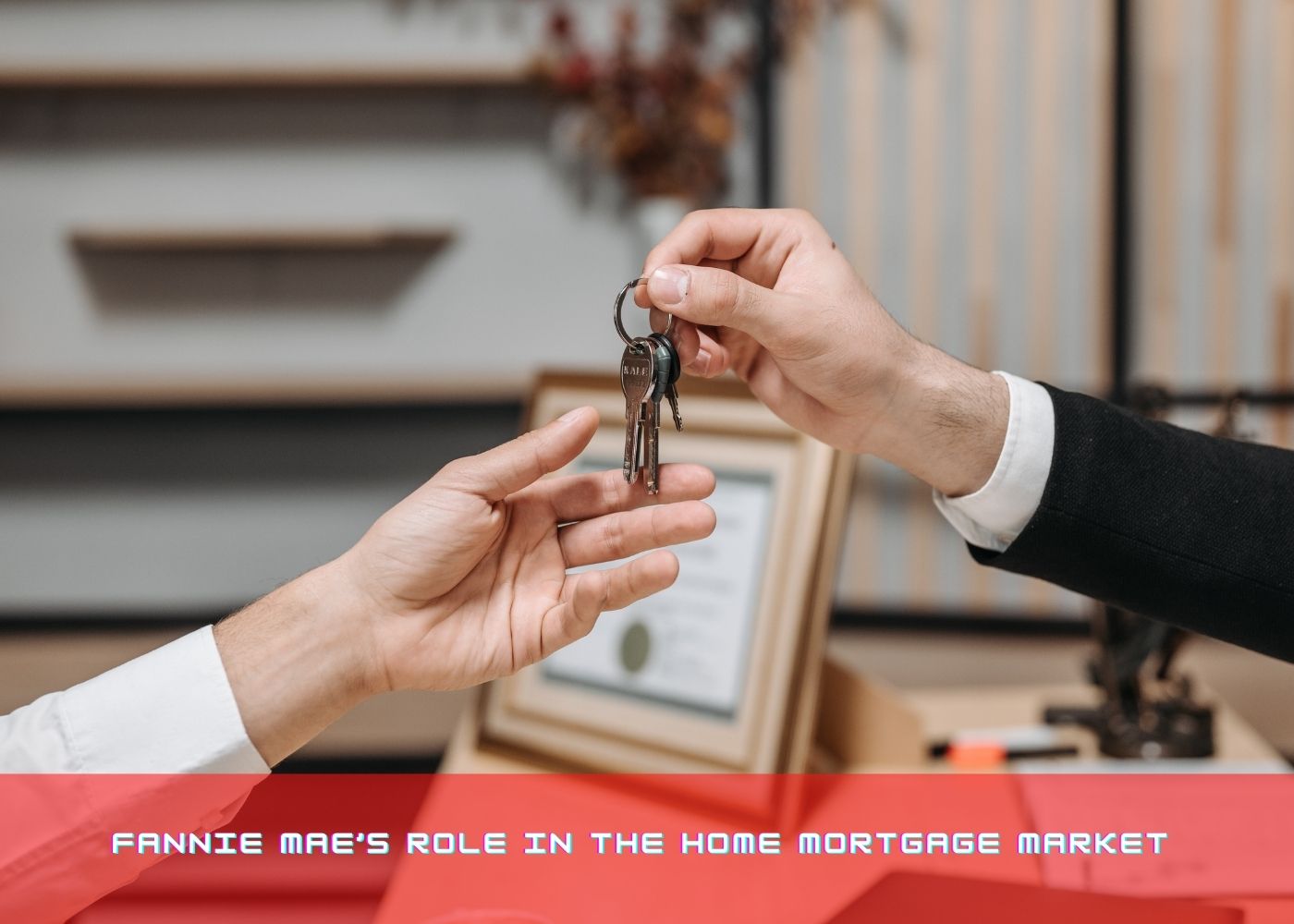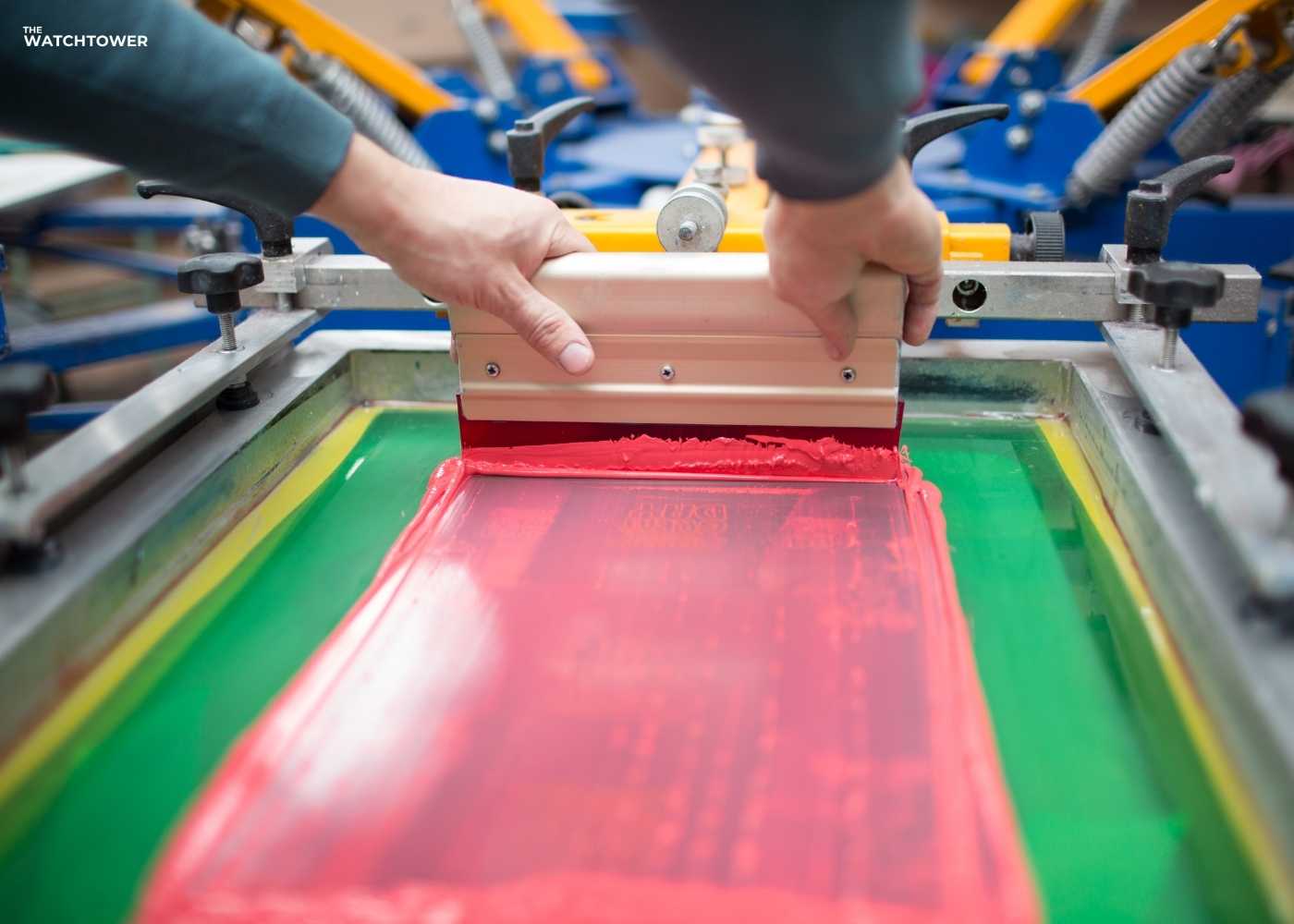
Fannie Mae, or the Federal National Mortgage Association (FNMA), is a government-sponsored business (GSE) established by Congress to encourage homeownership and provide liquidity to the mortgage market. As part of the New Deal, it was founded in 1938 during the Great Depression. Its goal is to assist borrowers with low to moderate incomes in obtaining mortgage financing.
Fannie Mae's Role in the Financial Industry
Fannie Mae does not originate mortgage loans as a secondary mortgage market participant. Rather, it purchases or guarantees mortgages issued by credit unions, banks, thrifts, and other financial organizations, ensuring that money goes to lenders. It is one of only two major secondary-market purchasers of mortgages. The other is Freddie Mac, generally known as the Federal Home Loan Mortgage Corporation.
Fannie Mae can pool mortgages after purchasing them on the secondary market to create a mortgage-backed asset (MBS). Mortgage-backed security (MBS) is a financial instrument that is backed by a mortgage or a group of mortgages. Institutions such as insurance companies, pension funds, and investment banks then purchase Fannie Mae's mortgage-backed securities. It ensures that its MBSs are paid in full, including principal and interest.
Fannie Mae also has its own portfolio, known as a retained portfolio, where it invests in mortgage-backed securities issued by itself and other institutions. To fund its retained portfolio, Fannie Mae issues debt called agency debt.
Fannie Mae offers liquidity for lenders by investing in the mortgage market, which allows them to underwrite or fund more loans. Fannie Mae injected $1.4 trillion into the mortgage market in 2021, allowing low-income Americans to buy, refinance, or rent 5.5 million houses.
Loan Requirements of Fannie Mae
A mortgage lender must follow the federal government's Statement on Subprime Lending if they want to conduct business with Fannie Mae. The statement tackles many dangers associated with subprime loans, including low introductory rates followed by a higher variable rate, very high-interest rate ceilings, minimal to no borrower income documentation, and product features that make repeated loans refinancing likely.
Fannie Mae only buys and guarantees mortgages that meet certain requirements. For example, in 2022, the maximum conventional loan amount for a single-family house is $647,200 (up from $548,250 in 2021) in most places and $970,800 (up from $822,375 in 2021) in high-cost areas such as Hawaii and Alaska. 1617 These restrictions are set by the Federal Housing Finance Agency (FHFA).
You'll need to go via an approved lender to get a Fannie Mae-backed loan. In addition to avoiding subprime loans, lenders must meet eligibility and underwriting requirements that ensure the credit quality of the funding.
How to Get a Mortgage-Backed by Fannie Mae
You'll be guided through the process of filling out a Uniform Residential Loan Application once you've identified a lender who can offer a Fannie Mae-backed loan. You'll need to gather and submit financial data and documents. This contains your employment history, gross income, and supporting documents such as a W-2 or 1099 form. You'll also need to list all of your monthly debt obligations, including credit card balances, car payments, alimony, and child support.
HomePath is a program run by Fannie Mae.
When Fannie Mae is the owner/investor on a mortgage, or when properties are acquired through deeds in place of foreclosure or forfeiture, Fannie Mae makes every effort to sell the properties as soon as possible to minimize community repercussions. HomePath by Fannie Mae is a website where house buyers and investors may find these properties and make offers. The ReadyBuyer program offers creditworthy purchasers a low-cost option for financing their new home.
What Is the Importance of Fannie Mae?
Fannie Mae purchases mortgages from banks, credit unions, and lenders, allowing them to keep lending. Banks would continue to hold debt if Fannie Mae didn't buy mortgages, and they wouldn't be able to supply more mortgages.
If Fannie Mae didn't exist, what would happen?
It's difficult to say what would happen if Fannie Mae was no longer in existence. Most lenders are currently focusing their mortgages on Fannie Mae terms to sell them on the secondary mortgage market. If Fannie Mae didn't exist, there's a chance that non-government organizations buying mortgages on the secondary market might face fewer restrictions. Alternatively, lenders may encounter liquidity problems if their primary mortgage buyer exits the market. If you don't have the resources to hold the debt of many mortgages, those lenders may make it more difficult for you to secure a loan.
Conclusion
Fannie Mae is a government-sponsored organization that purchases mortgages that meet specific requirements. Fannie Mae saves money by doing so, allowing local and national banks to keep issuing mortgages. Fannie Mae gets into problems when mortgage underwriting standards are low, as they were during the housing boom and ensuing crisis of 2007-2008. The continuous presence of Fannie Mae makes mortgages more accessible to millions of Americans.




















Comments (0)
Write a Comment